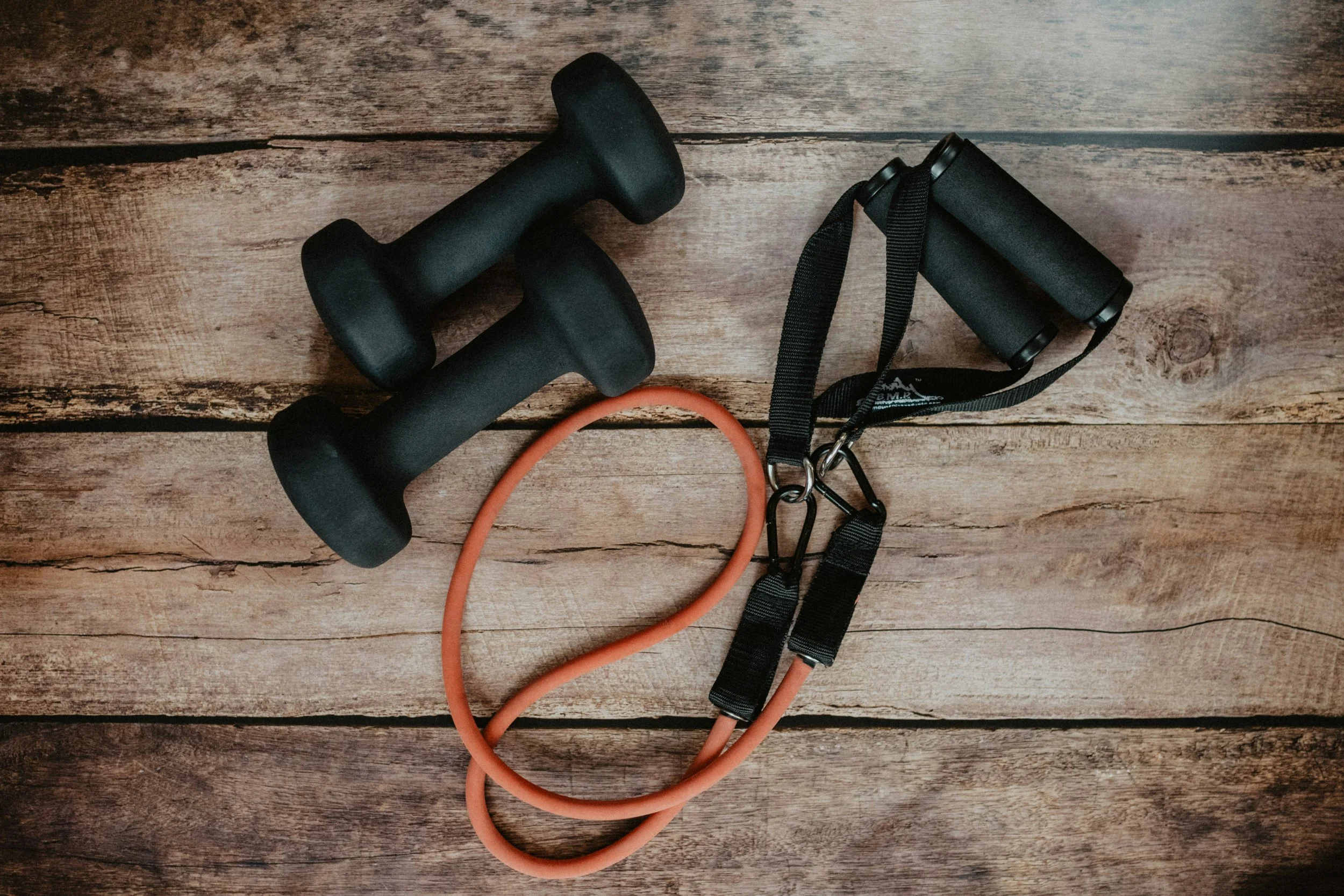This is a topic I’m very passionate about sharing for many reasons. Speaking from both clinical and personal experience, I know how traumatic an injury can be and therefore also understand the value in avoiding injuries as much as possible. In honor of March being National Athletic Trainers’ Month, I want to share some of the key insights to avoiding injuries.
While there may be accident injuries outside of our control, majority of our injuries are preventable. The main concept to understand in preventing injuries is Mobility vs. Stability. Too much or too little of either leads to pains and imbalances in our musculoskeletal system, ultimately making things much harder on our physical body. In this article I’ve outlined not only why each are important, but the types of injuries that are associated, and exercises you can do for both.
Mobility
Mobility refers to how well our physical body moves. When we move, everything in our body moves better. Movement improves circulation, helps the body release toxins, enhances mood, and increases neuroplasticity (brain function). So if we don’t have adequate mobility in our joints, this can lead to chronic stiffness and pain with daily activities. This doesn’t mean you need to be exercising at max capacity everyday, but it does mean that diverse movement is essential.
Types of Injuries resulting from a lack of mobility include:
Stiffness Injuries (ex. Arthritis)
Joint Capsule Inflammation (ex. Frozen Shoulder)
Degeneration Disorders (ex. Degenerative Disc Disease)
Circulation disorders (ex. Deep Vein Thrombosis)
Nerve Dysfunction (ex. Carpal Tunnel)
There’s many easy ways to improve mobility your body. Yoga, dance, and even walking are great ways to get full body movement. If you’re looking to get more joint specific, I love doing circles at each joint. In my first quarter of chiropractic school one of my professors would constantly remind us that “the brain and the body LOVE circles.” Circles get multiple planes of motion, and work several parts of the brain. Start at the ankles and do 10 circles clockwise and then 10 more counter-clockwise. Repeat this at the knees, hips, wrists, elbows, shoulders, and neck. It might feel silly but it is a really quick and easy way to exercise full body mobility!
Stability
Stability is going to be the exact opposite of mobility. Stability refers to the ability of the body to maintain position against forces. This is what keeps our joints in place and also helps us maintain our balance. Regardless of age or activity level, one of the most common mechanisms of injury is falling. Majority of the time we fall because we are lacking joint stability.
Types of Injuries resulting from a lack of stability include:
Ligament Injuries (ex. Sprains and Tears)
Muscular/Tendon Injuries (ex. Strains and Ruptures)
Subluxations/Dislocations
Falling Injuries (ex. Fractures)
Labrum Tears
The two best ways to focus on improving stability is by increasing muscular strength and proprioception. Muscles cross joint lines and attach to the tendons and bones, so increasing muscle strength allows us to better maintain position against high forces. Resistance training is generally best to build muscle strength. You can start with just body weight (gravity is also resistance), then work your way up to higher resistance with exercise bands or weights. Regardless, I always recommend utilizing a coach or trainer to ensure:
1) you are doing the exercises correctly
2) that the exercises are functionally appropriate
3) that you are increasing resistance safely
Proprioception is essentially our awareness of where we are in space. This seems like a silly concept but think for example of someone you know (maybe even yourself) that always rolls their ankle or always runs into things like the corner of a table or the edge of the wall. This happens because they are lacking awareness of their body is contrast to where things are around them. If we don’t know where our joints are it becomes very difficult for our body to know where our center of gravity is, therefore making balance worse.
Simple ways to improve proprioception include:
Barefoot walking
Barefoot walking allow somatosensory information to travel to the brain to tell your mind where your feet are located. (*Bonus points for walking barefoot in the grass because the individual blades provide tons of sensory information to the body).
Vibration Training
Vibration works the same neural pathways as proprioception. Many gyms now include a vibration plate. If you have access to this, doing your warm-ups on a vibration plate will improve neuromuscular function and proprioception. (My personal go-to exercises on a vibration plate are push-ups for the upper body, squats for the lower body, and dead bugs for the core).
Movement
Proprioception is most strongly influenced by muscle activation. So every time you move your body, you are helping your proprioception. This is why mobility and stability go hand in hand.
Both Mobility and Stability are equally important to maintaining physical well-being and avoiding injury. One is not more important than the other, but it is not uncommon for us to favor one over the other based on our activity level and lifestyles. Whether you are someone with much more stability, or much more mobility, focus on making a little time to improve the one that’s lacking. Even just little efforts will make all the difference!
I hope this article provided some helpful understanding to injury prevention. Whether you are a competitive athlete or just looking to be more cognizant of your physical health, there is never a wrong time to focus on your well-being. As always, we are here to support you on your health journey!
Dr. Naomi Smith, DC

